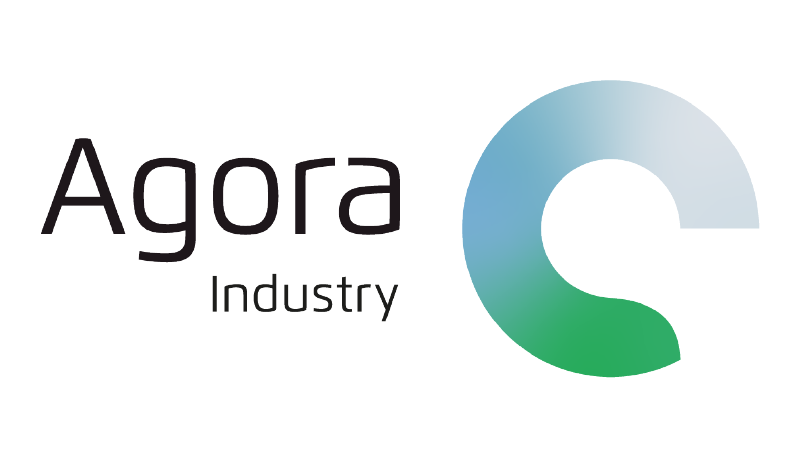-
Germany will need sufficient hydrogen imports to achieve its goal of climate neutrality in the power sector by 2035 and to decarbonise the steel and chemical industries.
According to the National Hydrogen Strategy, imports of at least 45 TWh of hydrogen per year will be needed from 2030. In addition to pipeline imports, other hydrogen carriers could also be imported by ship.
-
At a cost of < € 1/kg H₂, pipelines are the cheapest way of importing pure hydrogen.
Importing hydrogen carriers by ship increases the cost of transport, following reconversion, to roughly €2 to 5/kg H₂. Hydrogen derivatives such as ammonia or hot briquetted iron (HBI) that can be further processed directly constitute a cost-effective alternative in many cases (< €1.5/kg H₂). Technological innovations are a key prerequisite for all import options, with the exception of hydrogen pipelines and ammonia for immediate use.
-
Using synthetic natural gas (SNG) with a nearly closed carbon cycle as a hydrogen carrier entails three challenges:
(1) the complex interplay of several components with a comparatively low level of technology readiness and an implementation period of ten years; (2) competition with other import options that could prove cheaper than SNG in the medium term; (3) regulatory uncertainty regarding the measurement, reporting and verification of international carbon flows.
-
Short-term use of existing natural gas grids for transporting SNG could pose a risk to the energy transition if as a result the necessary repurposing of methane pipelines for hydrogen is delayed.
In view of their critical importance, the emphasis in Germany should be on conversion to and construction of hydrogen pipelines. The creation of new CO2 infrastructure should focus on
no-regret CCS applications.
This content is also available in: German
Hydrogen import options for Germany (Summary & Slide Deck)
Analysis with an in-depth look at synthetic natural gas (SNG) with a nearly closed carbon cycle

Preface
Russia’s attack on Ukraine has prompted Europe to seek alternatives to Russian gas. Germany in particular has set about building LNG terminals at breakneck speed. However, the possible long-term nature of the associated import contracts raises the question of whether they are compatible with Germany’s goal of becoming climate neutral by 2045 and planning its infrastructure accordingly. One argument is that the import terminals could in future be used to import renewable hydrogen. Though there is broad consensus that the transition to climate neutrality will require renewable hydrogen and the molecules produced from it to be imported in substantial quantities, the form of, schedule for and feasibility of the imports are still being debated, as is the question of whether the LNG terminals can really be regarded as “H₂-ready”.
In this context, a novel concept was proposed for Germany that would combine LNG terminals with renewable hydrogen by using synthetic natural gas (SNG) and additionally feature a nearly closed carbon cycle. Current industry plans envisage roughly 15 terawatt hours of SNG being imported each year by 2030, which corresponds to around five percent of the total capacity of the planned LNG terminal. To date, the SNG route with a nearly closed carbon cycle has not been independently investigated in the literature.
To provide a broader foundation upon which to debate this option, we asked Hamburg University of Technology to shed light on the advantages and disadvantages of this concept and to compare it with other import options that have been discussed at greater length so far.
Key findings
Bibliographical data
Downloads
-
Summary
pdf 1 MB
Hydrogen import options for Germany
Analysis with an in-depth look at synthetic natural gas (SNG) with a nearly closed carbon cycle
-
Slide Deck
pdf 3 MB
Hydrogen import options for Germany
Analysis with an in-depth look at synthetic natural gas (SNG) with a nearly closed carbon cycle
All figures in this publication
Need for molecules in addition to green electrons
Figure 1 from Hydrogen import options for Germany (Summary & Slide Deck) on page 6

Energy demand for natural gas (incl. biogas) and hydrogen in different climate neutrality scenarios for Germany in TWh per year
Figure 2 from Hydrogen import options for Germany (Summary & Slide Deck) on page 11





